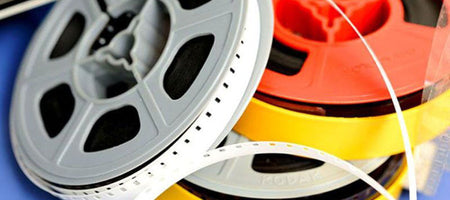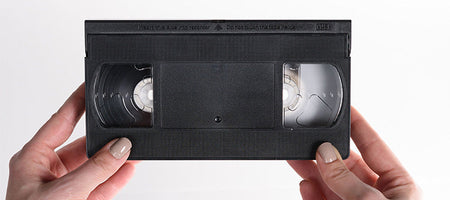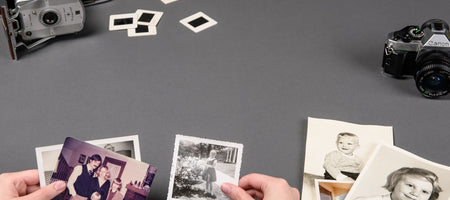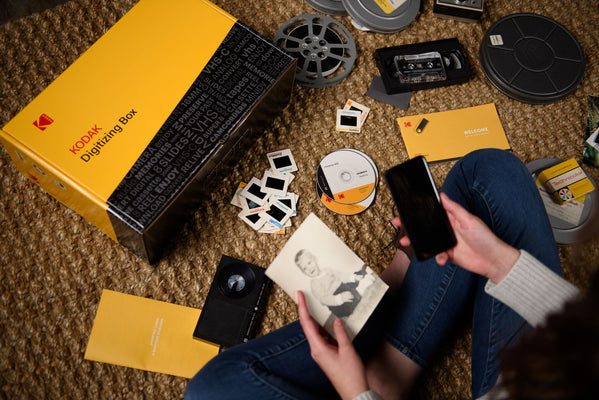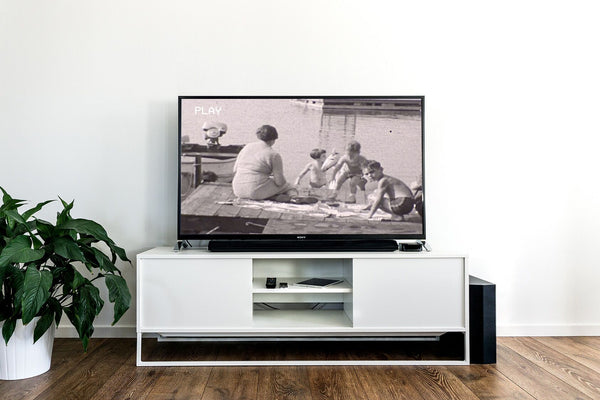Few industries have transcended time as innovatively as the camera. Capturing an image on film may seem like a trivial thing at surface value, but beauty is in the eye of the beholder … or in this case, lens of the beholder. Cameras do more than just “capture an image,” they create memories and immortalize experiences.
But how did such a technological triumph come to be? With camera roots running centuries deep, let’s look at the family tree of photography.
1500 - Camera Obscura
The camera obscura is technically the first camera, even though it’s not really a camera at all – at least not by today’s standards. What is was however, was a way to perceive a scene using a dark room (later a small, portable box) with a small hole in one wall. As light fed into the hole, an image would cast onto the opposite wall appearing upside down due to light rays reversing themselves as they passed through the small aperture. In their later, more portable box form, camera obscuras were often used as aids for drafters and painters.
1839 – Daguerreotype Camera
Fast forward a few centuries and Louis-Jacques-Mande Daguerre introduced the first publicly available photographic process. It used polished sheets of silver-plated copper, a long exposure and chemical treatment to produce a vague image.
1859 – Panoramic camera
Thomas Sutton wanted to shoot a wider view with his photography. Wide sprawling cityscapes and landscapes couldn’t be accurately captured with a daguerrotype, so he took matters into his own hands inventing the earliest wide-angle lens panoramic camera. The lens was a glass sphere filled with water that would project an image onto a curved plate. The result was an image captured at a wider-than-life 120 degrees.
1888 – Kodak roll-film
By the 1880s, film had moved away from being captured on expensive metal and glass to a more affordable paper-based process. The result made photography much more attainable for the general public. One of the men to pioneer this innovation was George Eastman. By 1900, he released the Brownie, the first mass-marketed camera.
1913 – 35mm Camera
Oskar Barnack created the first 35mm camera, also called the candid camera, which would go on to be the standard for all film cameras for several decades.
1948 – Polaroid Camera
By the 40s, film had gone public and its popularity was growing. But people yearned for a faster developing camera. Then along came Edwin Land’s Polaroid camera, which was so innovative and fast-developing that you could take a picture and print it in less than one minute.
1960 – Deep Water Camera
Like a lot of technological breakthroughs, the EG&G’s extreme-depth camera was developed for the military, specifically the marines. Just think for a moment about what capturing images under the sea did for exploring the deep. Looking at you, Titanic.
1986 – Disposable Camera
Throughout the 90s, disposable cameras reached an all time high. The “single-use cameras” were incredibly affordable and convenient. Camera noobies could finally get a glimpse of what it was like to be a shutterbug.
1991 – Digital Camera
By the early 90s, Kodak was back at it again with the release of the first professional digital camera system (DCS). By the mid-90s and early 00s, digital cameras were the go-to camera for the general consumer.
2000 – Cellphone Camera
The cameras on our phones have come a long way over the last 20 years. From megapixel count and portrait modes to slow motion capture and panoramic views. And like everything, there is a first somewhere if you look back far enough. And the first camera phone came during Y2K, in the form of Japan’s Sharp J-SH04.
2004 – GoPro Camera
When it comes to capturing the moment, sometimes a traditional camera just won’t do the trick. For the adventurous shutter enthusiasts, the GoPro 35mm HERO camera was created and released by Nick Woodman at San Diego’s Action Sports Retailer trade show.
2005 - Digital SLR camera
Shooting like a pro wasn’t just for the professionals anymore. With the release of the Canon EOS 5D, it became the first consumer-priced full-frame digital SLR.
Today, digital cameras have taken over the film and photography industry … and our personal lives.With sophisticated cameras attached to the phones in our pockets, the general public has mostly forgone expensive DSLR cameras in lieu of snapping photos with their phones and sharing the pics on social media for likes and comments. And even recently, some purists have revitalized the analog film development process and polaroid camera movement, namely artists and hipsters. But regardless of how you choose to shoot, there’s no denying the historical, personal and social impacts that camera and film have had on our lives.

